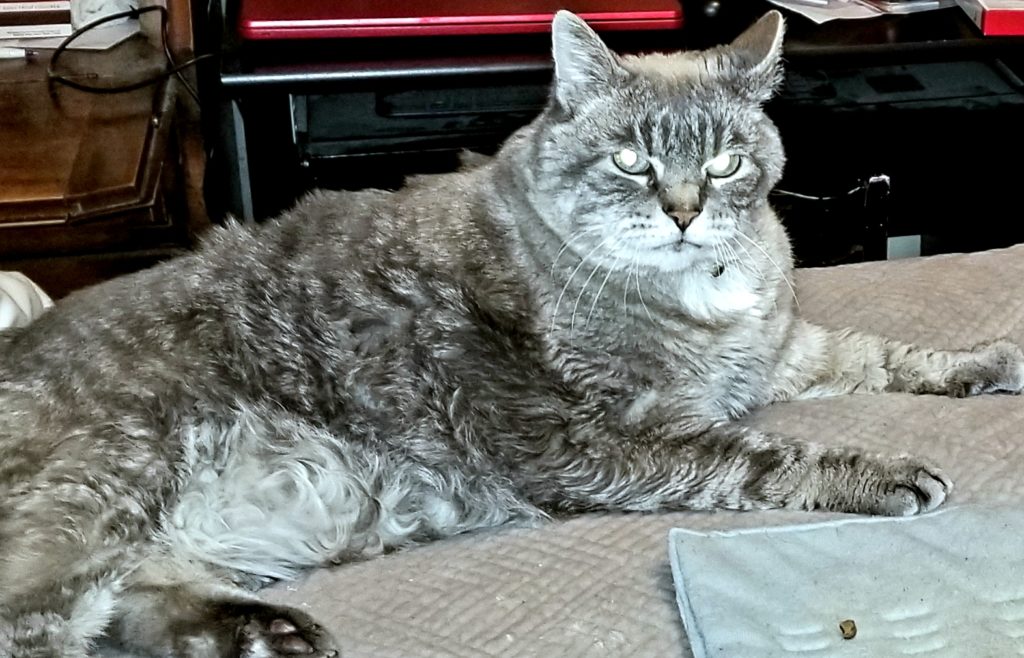
When I start a novel, I’m nearly always tempted to go into a narrative about the story. Then, later, upon revision, I almost always rewrite the narrative to get characters in a scene, sooner.
Writing Tip for Today: When should you write scene and when should you use narrative? It’s all about PACE.
Set-Ups for Scenes
Pace, or pacing is the speed at which a story is told—not necessarily the speed at which the story takes place. The number of words needed to write about a certain event does not depend upon how much time the event takes to happen; it depends upon how important that moment is to the story.
I recently read a well-written draft of a novel where a lot of things happened quickly to several characters. But the nice writing didn’t make up for the fact that narrative was required to get all these things set-up. The writer was forced to summarize (read: tell) instead of show, in order to cover the ground necessary for story set-up. Because this was the opening, readers couldn’t know or understand the characters through so much narrative.
In the beginning of any story, the writer must accomplish several things: Give readers a connection with the Main Character (or the one who is presented as having the most at stake); Help readers understand the general direction of the story (what is the goal and what’s at stake) and hint at the obstacles to come.
These elements are difficult to pull together in a strict narrative. Readers will grasp for the emotional connection they need to continue following the story if nothing is “acted out,” as in scene. Readers should be pulled in by this connection, which can be identification or just plain curiosity. The point is, overusing narrative in the opening makes it harder for readers to commit to the story.
Naturally Narrative
When is narrative the best choice for a story point? In general, use narrative over scene to summarize unimportant details. I had a student once whose character went into a restaurant to eat. He then gave the scene a blow-by-blow account of sitting down, perusing the menu, ordering, taking a bite, getting the check. Ad nauseam. Rather than act out each moment, use a narrative summary to speed over insignificant or assumed actions.
The same rule applies to characters’ movements and transitions. Use narrative to get your characters from one place to another. Avoid “driving to the story.” This means that you should probably not act out a train, plane or mule ride into town—unless something critical to the story occurs during the ride. Use a simple transition such as, “She took the train to New York,” if nothing happens on the way.
The late Gary Provost had great advice for this aspect of pace in fiction. “You don’t have to account for every moment of time in the story,” he wrote in Beyond Style: Mastering the Finer Points of Writing. So if there’s a span of time in which no new story events happen, simply summarize and move to the next plot point.
The Proof’s in Revision
As you draft your story, do the best you can with the balance of scene to narrative. After all, many writers (including me) need to tell ourselves the story as we draft. This often results in a narrative-heavy first or second draft.
Since writing is rewriting, you will better see the forest for the trees as you complete your draft. You’ll be able to step back and see the story as a whole, giving you opportunity to cut scenes that march in place or repeat and fleshing out narrative-heavy sections. Often, in my own writing, the necessary pace doesn’t emerge until I am well into multiple revisions.
Remember that it’s not how your story starts out—It’s how it ends up that matters most. Pace is one of the more difficult pieces of story craft to master, and practicing switching narrative to scene and vice versa can only help you refine those skills.
When deciding on scene or narrative, ask yourself: How important is this event or plot point to the story? Is the passage in question crucial to reader emotion or understanding of the goal or obstacle? If the story jumps forward or is complicated by the event, scene it. If it’s something readers can assume or which doesn’t really change anything, consider a brief narrative.





That is a nice distinction, thanks for making it clear. I have shared this widely.
Mark,
It’s one of those skills that is often overlooked by writers and critiquers alike. Thanks for sharing!
Keep Writing,
Linda